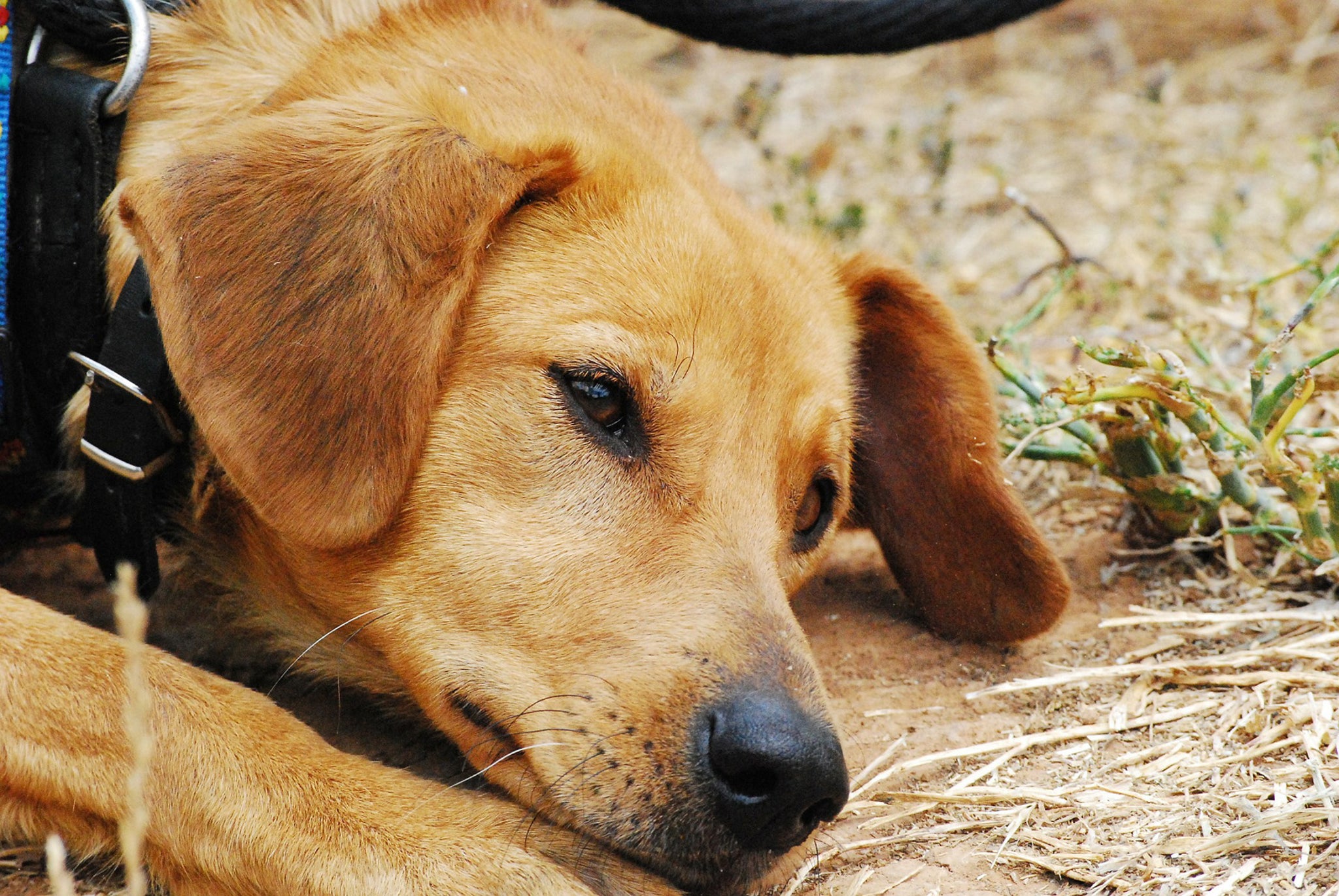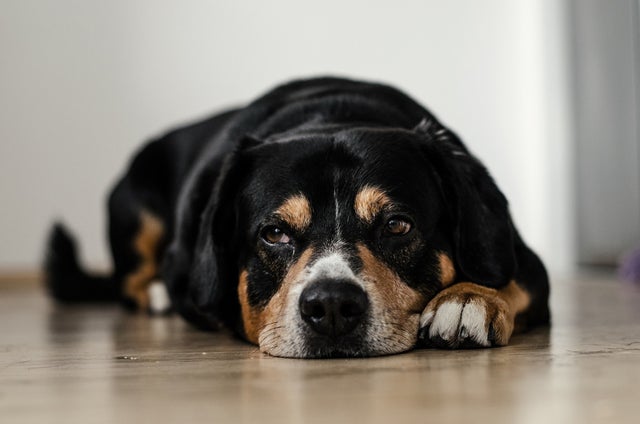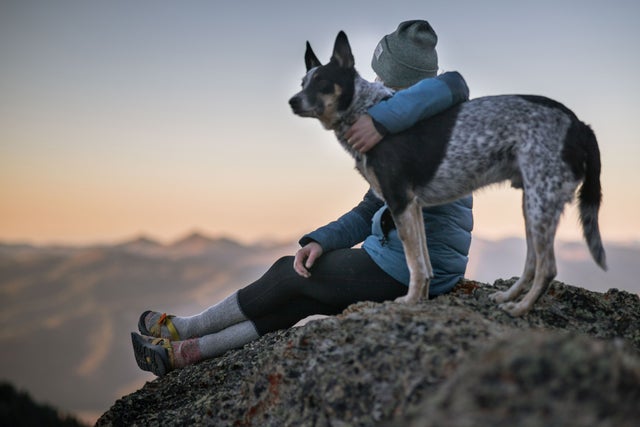Traditional chemotherapy is one of the most common cancer treatments for dogs. Chemotherapy is not a targeted attack of cancer cells. As a result, healthy cells get caught in the crossfire of treatment, causing a range of side effects in your dog. Chemotherapy most affects cells that regenerate the quickest. These include red blood cells, white blood cells, cells lining the stomach and intestinal tract, and hair cells. Here are some common side effects of chemotherapy treatment and how to manage them:
Fatigue
Since chemotherapy lowers a patient’s red blood cell count, your dog may be more lethargic after treatment. Fatigue can also be caused by low white blood cell count. Low white blood cell count weakens your dog’s immune system, making him more susceptible to infections.
In most situations, there is not much more you can do than provide your dog a quiet, comfortable place to rest. If your dog is showing signs of fatigue paired with weakness or fever, you should consult your veterinarian.
Vomiting and loss of appetite
Your dog may start vomiting and have decreased appetite 2-7 days after receiving treatment. These side effects are the result of the chemotherapy attacking your dog’s stomach and intestinal cells. Your dog may also become dehydrated because of the vomiting.
Usually, your veterinarian or oncologist will prescribe anti-nausea medication for your dog. If your dog is nauseous or loses his appetite following treatment, try offering small, frequent meals. If they are eating smaller meals without issue, begin increasing the size and decreasing the frequency of the meals. If they still aren’t eating or feel nauseous 24 hours after treatment, contact your veterinarian.
If your dog starts vomiting, hold off on giving him food and water for 12-24 hours. If you think your dog can hold down water and a pill, give your dog the anti-nausea medication prescribed by your veterinarian. After 12-24 hours without vomiting, try offering your dog ice cubes. Once your dog can hold down water, begin to reintroduce food. Start with bland foods, like boiled chicken, white rice, or a commercially available alternative. If your dog is able to keep this bland food down, you can resume your dog’s normal diet.
If your dog continues vomiting for more than 24 hours or develops a fever, contact your veterinarian immediately.
Hair or fur loss
Hair loss is one of the most distinct symptoms of traditional chemotherapy. Complete hair loss is rare in most breeds. Dogs that shed are less susceptible to fur loss than hair breeds like poodles or sheepdogs. Once treatment ceases, your dog’s hair will grow back. The new hair may be a different color or texture than it was before. Unfortunately, there’s not much you can do about hair loss. During the wintertime, a usually furry dog may be colder. It may be a good idea to have a sweater for them to wear until their fur grows back.
It can be hard to watch your dog in a weakened state during treatment. In between treatments, keep a journal of any side effects your dog is experiencing. If there are any sudden changes in your dog’s behaviors or reactions, it is important to mention them to your oncologist. Your oncologist can then help determine the best course of action for your dog’s health.




